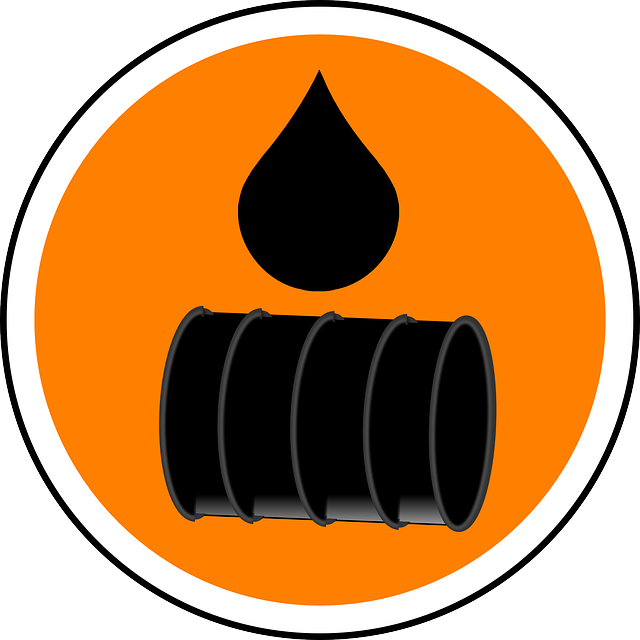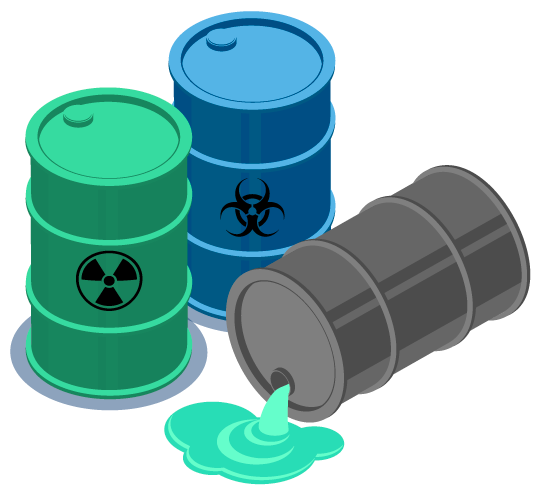Safe and Lasting Liquid Waste Disposal: Your Go-To Company
Safe and Lasting Liquid Waste Disposal: Your Go-To Company
Blog Article
Just How Fluid Waste Disposal Works: A Comprehensive Summary of Techniques and Technologies Used

Introduction of Fluid Waste Types
The intricacy of liquid waste kinds necessitates a comprehensive understanding of their qualities and ramifications for disposal. Liquid waste can broadly be categorized into several kinds, consisting of commercial, community, agricultural, and hazardous waste. Each category shows distinctive properties, requiring specific monitoring approaches to minimize environmental and health risks.
Industrial fluid waste stems from manufacturing procedures and typically consists of a variety of contaminants, such as hefty steels, solvents, and organic substances. Local liquid waste, primarily consisting of wastewater from families and business facilities, includes raw material, nutrients, and microorganisms (industrial wastewater treatment). Agricultural liquid waste, including runoff from ranches, may contain plant foods, pesticides, and pet waste, positioning risks to water top quality and environments
Dangerous fluid waste is characterized by its poisoning, sensitivity, or potential to cause damage. Understanding these diverse fluid waste kinds is vital for creating efficient disposal approaches and guaranteeing conformity with ecological laws.
Physical Therapy Methods

Testing is the first action, where larger particles and particles are eliminated from the liquid waste using displays or grates. In sedimentation tanks, heavier fragments resolve at the bottom, forming a sludge layer, while the made clear fluid can be more treated.
Filtration is an additional essential technique that includes passing the liquid via porous products, such as sand or membranes, to record smaller sized particles. This action enhances the top quality of the liquid, making it suitable for subsequent therapy processes.

Chemical Therapy Techniques
Chemical treatment methods are necessary for properly managing liquid waste, specifically in addressing liquified and colloidal impurities that physical techniques might not adequately eliminate. These techniques use different chemical agents to reduce the effects of, precipitate, or transform unsafe compounds right into less unsafe types.
One typical method is coagulation and flocculation, where chemicals such as alum or ferric chloride are included in promote the gathering of put on hold bits. This procedure enhances sedimentation, allowing for simpler elimination of the resulting sludge. Furthermore, oxidation procedures, employing agents like chlorine or ozone, are utilized to damage down intricate natural compounds and pathogens, making the waste much safer for discharge or additional therapy.
Neutralization is an additional important method, which click to find out more readjusts the pH of acidic or alkaline waste streams to neutral levels, stopping possible damage to downstream systems and the atmosphere. Furthermore, advanced oxidation processes (AOPs) make use of mixes of oxidants and ultraviolet light to break down persistent pollutants, achieving a greater level of treatment effectiveness.
Organic Treatment Procedures
Biological therapy processes play a crucial function in the administration of liquid waste by utilizing bacteria to decompose raw material and decrease impurity levels. These processes can be generally classified into anaerobic and cardio therapies, each using specific microbial areas to accomplish effective waste degradation.
Cardio treatment involves making use of oxygen to facilitate the failure of organic products by germs. This process is frequently carried out in activated sludge systems, where oygenation storage tanks give a conducive environment for microbial growth, causing the oxidation of natural toxins. The resultant biomass can be separated from treated effluent via sedimentation.
In contrast, anaerobic therapy occurs in the absence of oxygen, depending on different germs to damage down organic issue. This method is especially helpful for high-strength waste, as it produces biogas, a renewable resource resource, while lowering sludge manufacturing. Technologies such as anaerobic digesters are regularly utilized in local and commercial applications.
Both aerobic and anaerobic organic treatments not only decrease the ecological influence of liquid waste however also help with resource recuperation, making them site here necessary components of sustainable waste monitoring methods. Their efficiency, performance, and versatility support their extensive application throughout various fields.
Arising Technologies in Disposal
Cutting-edge strategies to fluid waste disposal are quickly progressing, driven by innovations in innovation and a boosting emphasis on sustainability. Among these arising innovations, membrane layer bioreactors (MBRs) have acquired grip for their capability to incorporate organic treatment with membrane layer filtration, resulting in top quality effluent that can be recycled in various applications. MBRs enable smaller impacts and a lot more reliable operations compared to conventional systems.
Another promising growth is using anaerobic food digestion incorporated with nutrient healing innovations, which not only treats liquid waste yet likewise produces biogas and recoups valuable nutrients like nitrogen and phosphorus. This twin advantage enhances resource performance and lowers ecological influence.
In addition, advanced oxidation procedures (AOPs) are being embraced for the degradation of complex natural toxins. These approaches utilize powerful oxidants and stimulants to damage down contaminants at the molecular degree, supplying a very efficient remedy for challenging waste streams.
Furthermore, the assimilation of expert system and artificial intelligence in waste management systems is maximizing operational performance and anticipating upkeep, causing decreased costs and enhanced environmental conformity. These innovations reflect a significant shift towards more sustainable and efficient liquid garbage disposal practices.
Verdict
In conclusion, reliable fluid waste disposal necessitates an extensive understanding of numerous techniques and innovations. By continually advancing these methodologies, it comes to be possible to attend to the expanding obstacles linked with fluid waste, inevitably contributing to ecological protection and resource recuperation.
Fluid waste disposal is a this website crucial element of ecological monitoring, requiring a comprehensive understanding of numerous methods and modern technologies customized to different waste types. Liquid waste can generally be classified into several kinds, consisting of industrial, municipal, agricultural, and unsafe waste. Agricultural fluid waste, consisting of runoff from farms, might have plant foods, pesticides, and animal waste, positioning threats to water quality and ecological communities.
Various physical treatment approaches play an essential function in taking care of fluid waste effectively - industrial wastewater treatment.In conclusion, efficient liquid waste disposal demands a comprehensive understanding of different techniques and modern technologies
Report this page